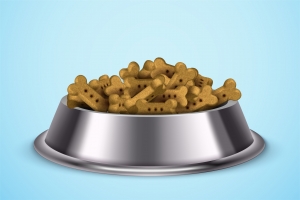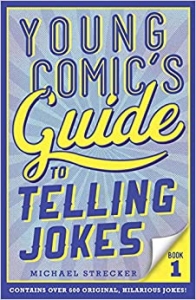With Business Blogging, “Owned” Leads to “Earned”
Digital strategies that can be used for inbound marketing can be split into three main categories, explains SR Mailing, a UK manufacturer of sustainable e-commerce packaging. When all three categories are working in harmony, blogger Horne explains, the result is media convergence (obviously a much-to-be desired state of affairs).
Owned media
This is marketing over which you have complete ownership and control; you are free to use and re-use this content as you see fit. (In fact, at Say It For You, we give our clients the copyright to the materials we create for them, so that their blogs, web page content, and brochures become their owned media.)
Precisely because you own your blog content, it can continue to build audiences and brand recognition, as SR Mailing explains. Not only can business blog writing help you build awareness, credibility, and trust, but the content in blogs is a natural centerpiece for your social media marketing, and can be repurposed for press releases, white papers, and emails.
Earned media
This is content generated by your audience – comments, queries, social media links, and referrals. Earned media includes feature stories about your business or practice or noting your community involvement. Earned media is goodwill in tangible form.
Your own site on your own domain is where you publish new media content. You then help “earn” more exposure by posting attention-grabbing snippets on your social media and commenting on related blogs. At Say It For You, we help clients “help themselves”, leveraging their blog content through social media sharing.
Paid media
Paid media, true to its name, includes ad copy you pay to have included in newspaper magazines, postcards and flyers, or on others’ websites.
When measured against the costs of paid media (print, radio, TV, and billboard advertising, trade show booths), blogging is certainly the most cost-effective, true. even after factoring in the cost of hiring a professional content writer.
With business blogging, OW (owned media) – PW (paid media = EW (earned media) can be your formula for messaging success.





Follow us online!